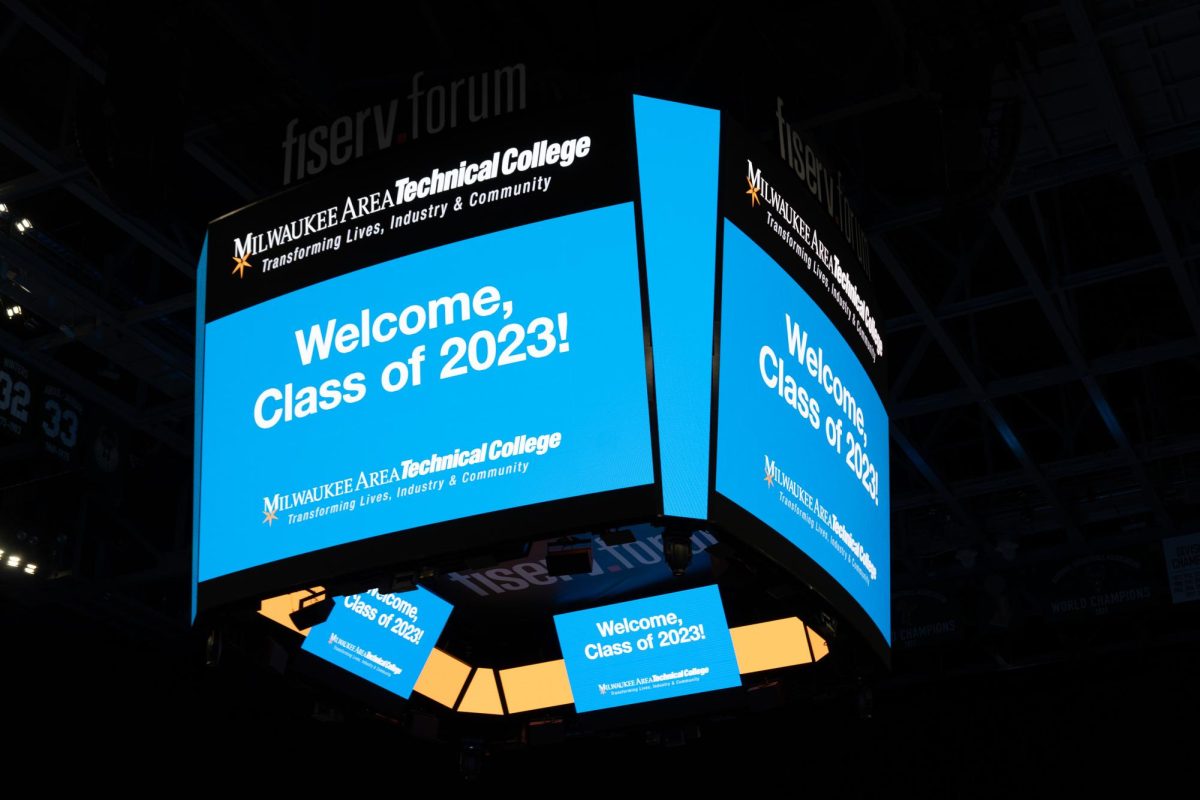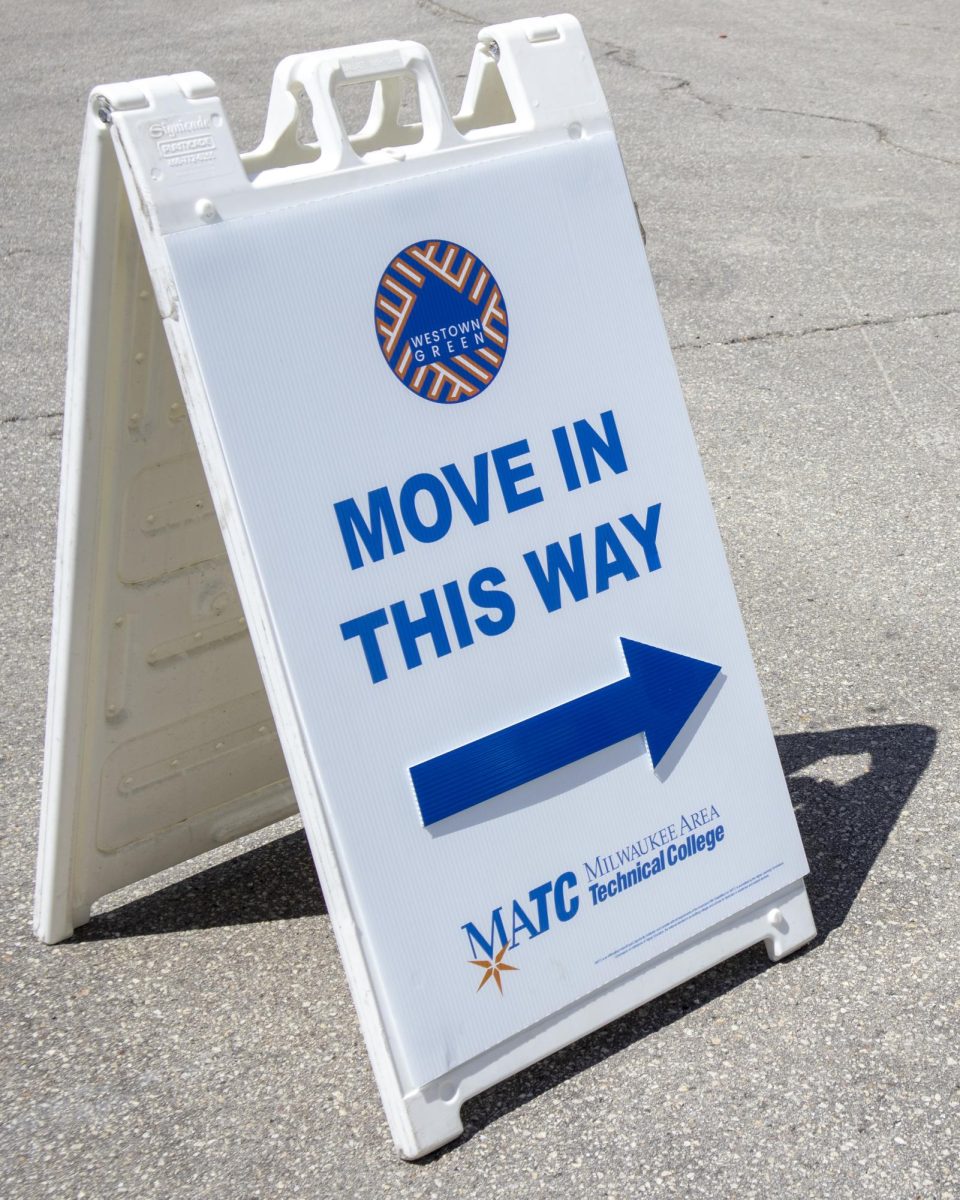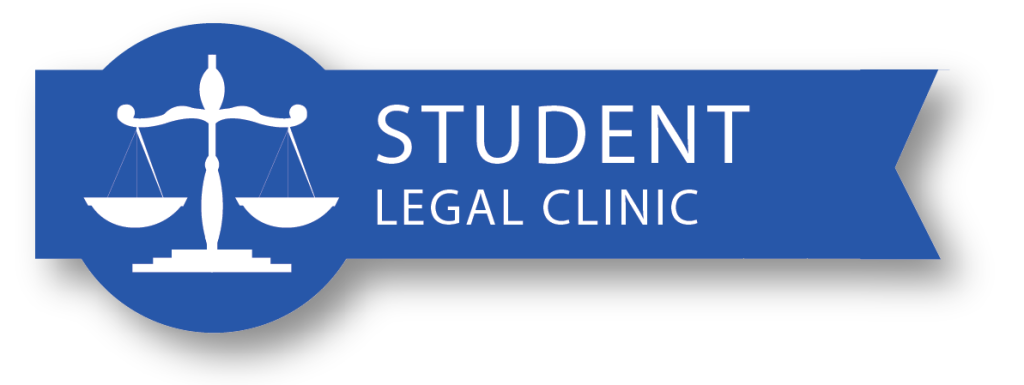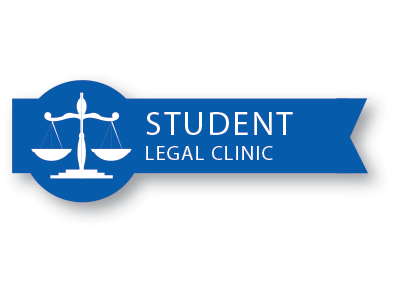Kaplan, Everest, Herzing and other for-profit schools may give you a campus, a curriculum and access to a number of instructors, but do they give you an education? This question is the core of an ongoing U.S. Senate inquiry. The U.S. Government Accountability Office, or GAO, has submitted a report assembled by several undercover applicants who approached 15 for-profit schools. While undercover the GAO agents expressed interest in attending as students in the upcoming semester. The published report is shocking and states every single school used misleading, deceptive or otherwise questionable practices with the undercover applicants.
These schools encouraged the potential students to falsify information about their financial status in order to quality for additional funds from FAFSA and Pell Grants. One specific advisor suggested to the GAO agent that he claim dependents in his household so that he may qualify for Federal Pell Grants. The truth was the GAO agent had no dependents. Even when the undercover applicants would communicate in meetings with admissions representatives that they are capable to pay out of pocket, the schools continued to strongly encourage them to apply for grants and subsidized loans.
Why do they encourage students to apply for financial aid even when they don’t qualify or are not interested in applying? Perhaps it’s because for-profit schools are expensive.
The average 2009 tuition at for-profits was $14,000, compared to $7,000 at in-state schools and $2,500 at community colleges. Where do all these funds go? Perhaps this cost is for a better education? That’s not what the numbers say. For the three-month period ending November 30, 2009, the Apollo Group, parent of the University of Phoenix, spent $275 million on “selling and promotional” expenses, which is about 20 percent of its total net revenue of $1.3 billion for that quarter.
All 15 of the colleges investigated in the GAO report received at least 89 percent of their revenues from federal student grants and loans, and all 15 engaged in at least some deceptive practices designed to get students to borrow more than they planned or realized. Several committed outright fraud.
The Department of Education is stepping up to the problem in an interesting manner. They announced on September 24 that they are on track to implement a new regulation that directly attacks for-profit schools. Entitled the “Gainful Employment” regulation, the regulation states that if 65 percent of students default, or are unable to pay back their loans after graduation, the DOE would be able to cut off all financial aid to these institutions.
Some have said this is done to prevent individuals with less income to have access to any education. This is simply not true as these rules were created after officials from the Department of Education had growing concerns from students who said they were mislead about both pay and prospects after graduation. These are the same stories we heard, reported from the GAO.
Over the past several years, for-profit schools have grown in size over from 365,000 to nearly 1.8 million. With such a growth you may believe that the for-profit model represents the future of the educational industry. You will be mistaken. According to U.S. Secretary of Education, Arne Duncan, “The data also tells us that students attending for-profit schools are the most likely to default.” Duncan continues, “While for-profit schools have profited and prospered thanks to federal dollars, some of their students have not. Far too many for-profit schools are saddling students with debt they cannot afford in exchange for degrees and certificates they cannot use.”
I believe that it’s possible in the future to have successful for-profit schools. But in order to do this we must re-define what we call success. Success must be proven by academic standards, an honest enrollment and, more importantly, they must put students in front of profit.
The ad budget, the fierce growth of the student population, and actions put forth by the Department of Education show two important facts. First, progress is being made in the industry. Secondly, Americans want to better themselves. However, this can be done without the for-profit schools. A community college can offer the same education for a fraction of the cost.
What’s the more important element of your degree – the name on it, or the confidence to get the job done? That’s something you can’t put a price on.




















































